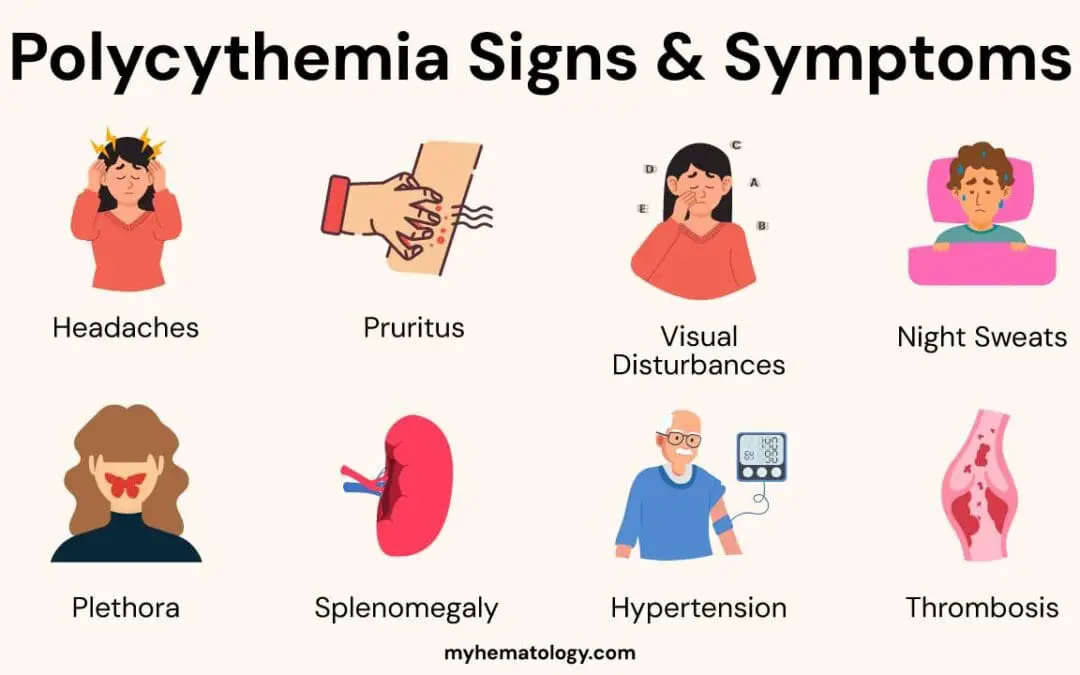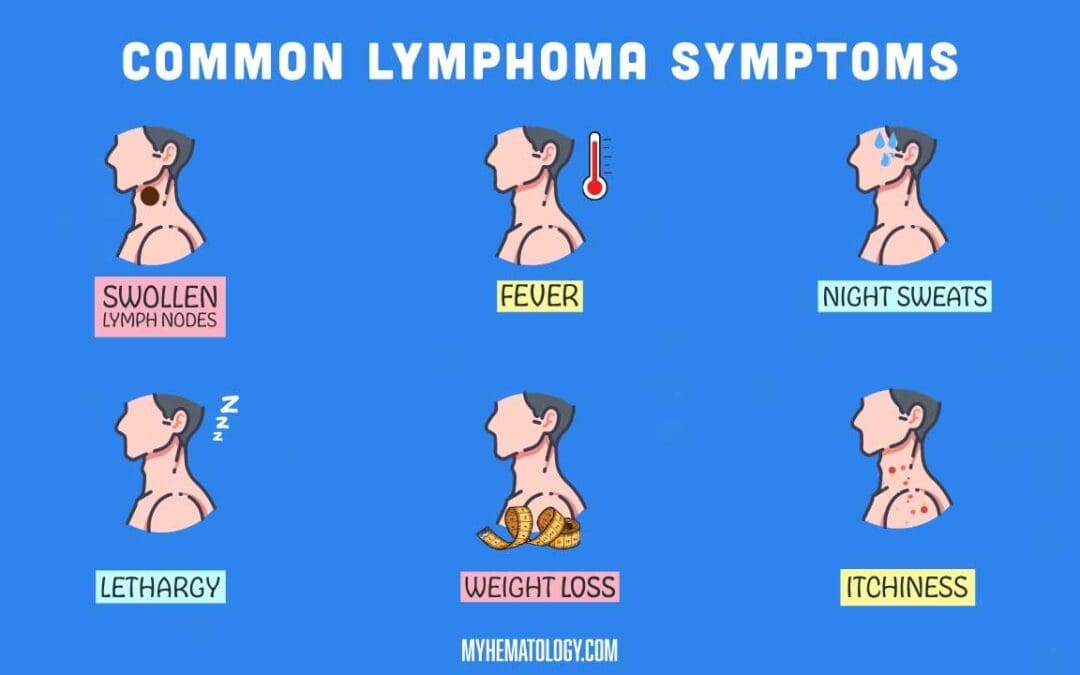
by MH Team | Feb 29, 2024 | White Blood Cells
TL;DR Essential thrombocythemia (ET) is a chronic blood cancer characterized by an abnormal increase in platelet production by the bone marrow, leading to an increased risk of blood clots (thrombosis) and bleeding complications. Pathogenesis ▾ Primarily driven...

by MH Team | Feb 28, 2024 | White Blood Cells
TL;DR Polycythemia vera is a chronic blood disorder characterized by an increased production of red blood cells. It is caused by genetic mutations in the bone marrow particularly JAK2 mutations. Symptoms ▾: May include fatigue,...

by MH Team | Feb 27, 2024 | White Blood Cells
TL;DR Myeloproliferative neoplasms (MPNs) are a group of chronic myeloid blood cancers characterized by overproduction of one or more types of blood cells in the bone marrow. Classifications ▾: Essential Thrombocythemia (ET): Increased platelet count...

by MH Team | Feb 24, 2024 | White Blood Cells
TL;DR Leukemia is a cancer of the blood and bone marrow. It affects the cells responsible for fighting infection and carrying oxygen throughout the body. How does it occur? ▾ Normally, blood cells develop from stem cells in the bone marrow. In leukemia, the...

by MH Team | Feb 21, 2024 | White Blood Cells
TL;DR Lymphoma is a group of cancers affecting the lymphatic system, vital for immunity. Types ▾: Hodgkin Lymphoma ▾: Characterized by Reed-Sternberg cells, generally better response to treatment. Non-Hodgkin Lymphoma (NHL) ▾: Diverse group with...







Recent Comments